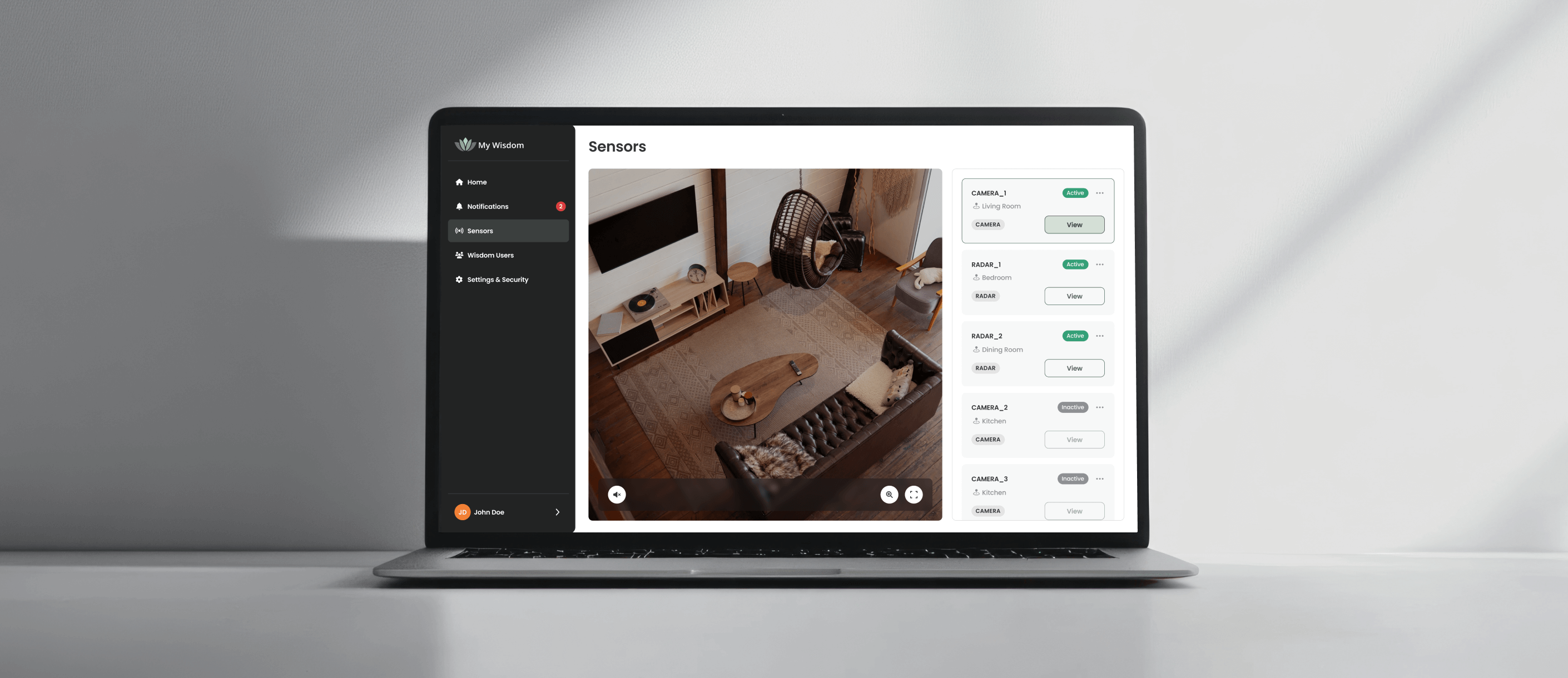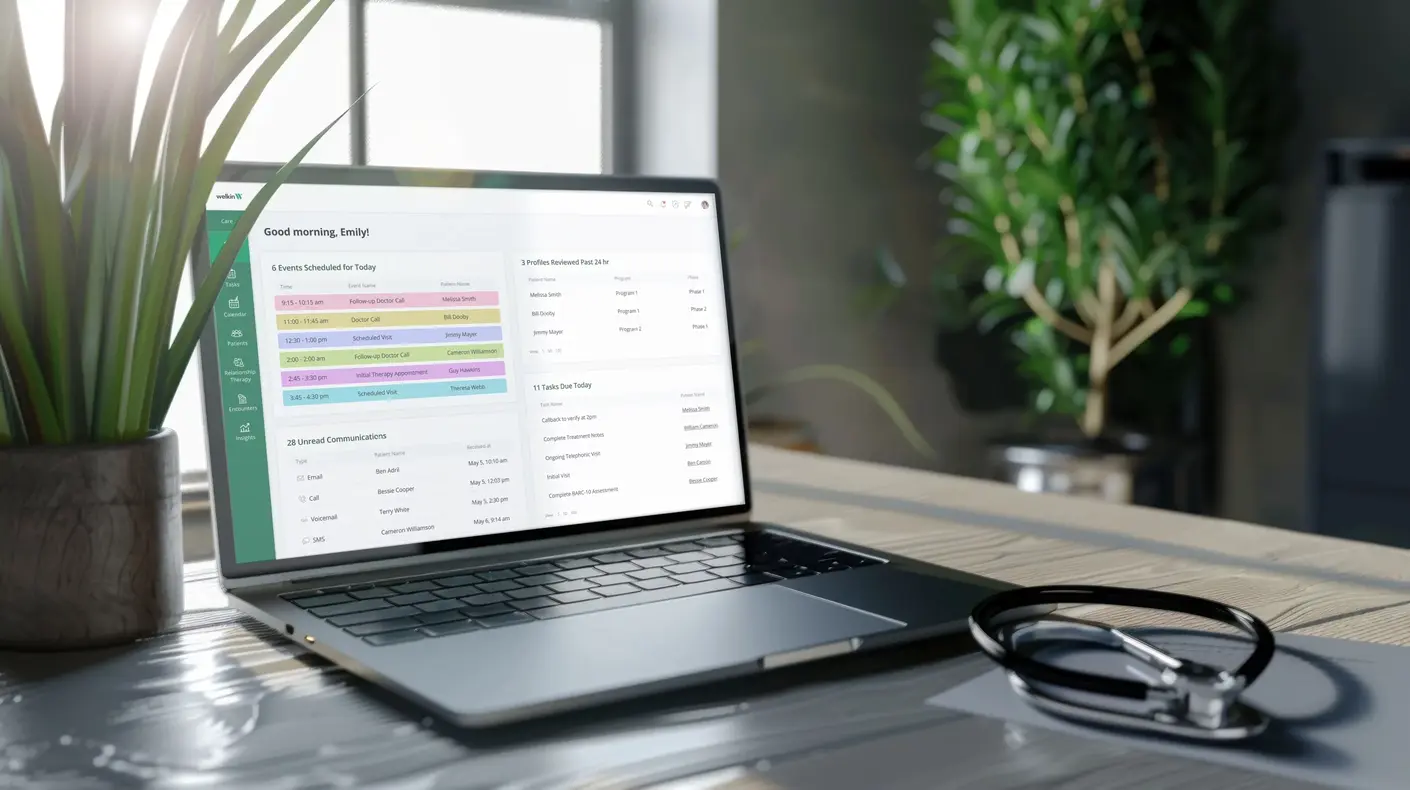Medical Scheduling Software
Challenge
Solution
The main features of the system include:
- Access-control list (ACL) — gives different levels of access to the system for patients and doctors;
- Dictionary — provides patients with definitions of medical services and procedures;
- Patient registration/modification — allows patients to register in the system and order services they want. In case of any changes, they can easily modify their order;
- ‘Wait list’ registration and modification — after a request is made, operators assign an available, suitable appointment to a patient;
- History management — all patients’ queries, medical history, and info about the treatment process are securely stored in one place;
- Date confirmation — patients should confirm their appointments.
We have also developed a mobile application that not only simplifies the process of appointment booking but also allows patients to control their treatment process. App users can:
- schedule, reschedule, confirm, and cancel doctor appointments;
- monitor their scheduled doctor's appointments, upcoming medical tests, and procedures;
- review the results of medical tests and procedures;
- track the treatment process;
- enter information about their health status;
- review home care plans.
Project Results
The Medical Scheduling System developed by Softarex brings the following benefits to physicians and patients:
- Decreased patient wait time;
- Increased patient retention;
- Reduced incoming call volume;
- Less unattended appointments;
- Fully paperless scheduling process;
- Improved communication between patients and physicians.
Technical challenges
- Development and implementation of access control list;
- Creation of comprehensive medical dictionary for patients;
- Handling large amounts of patient data.

















